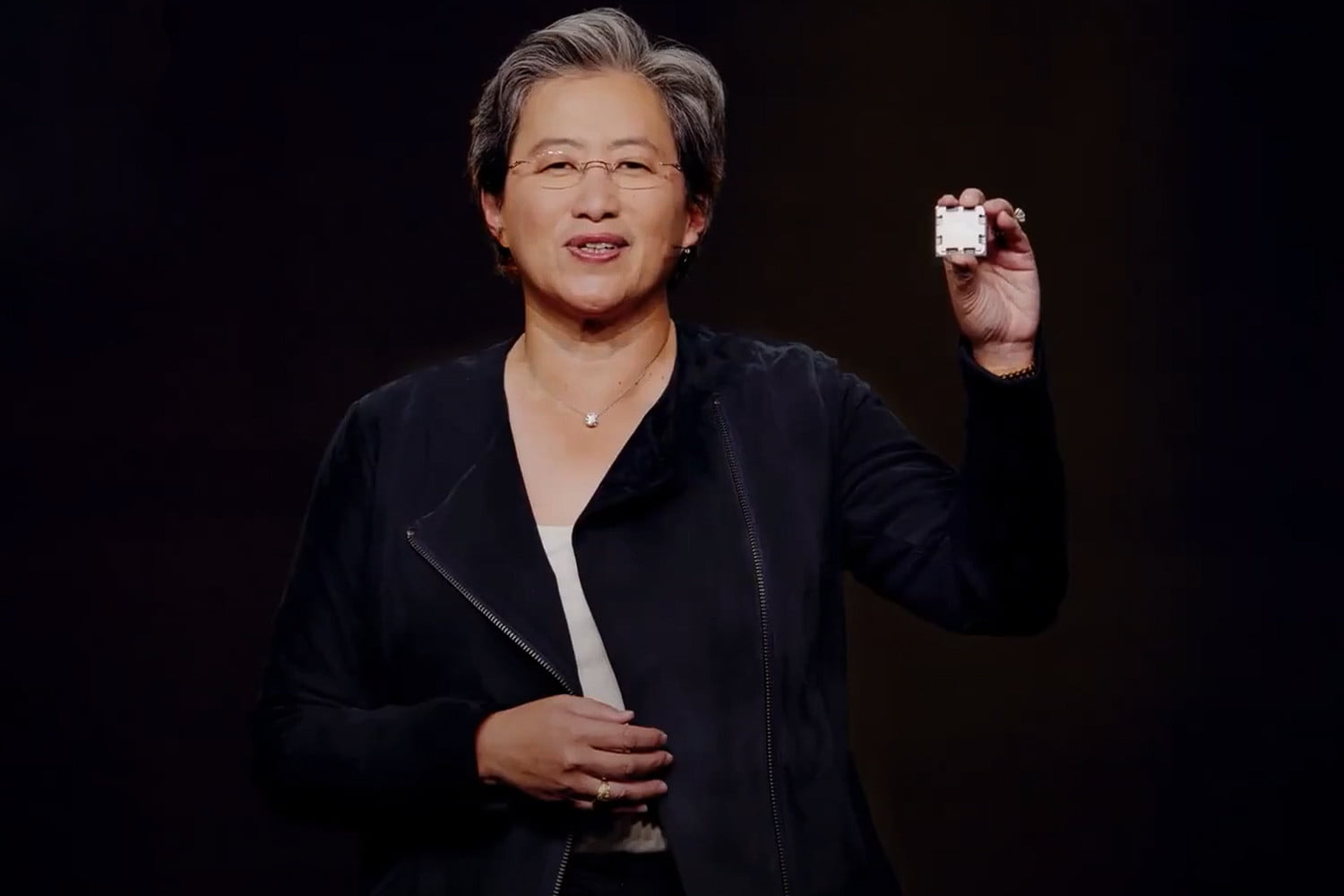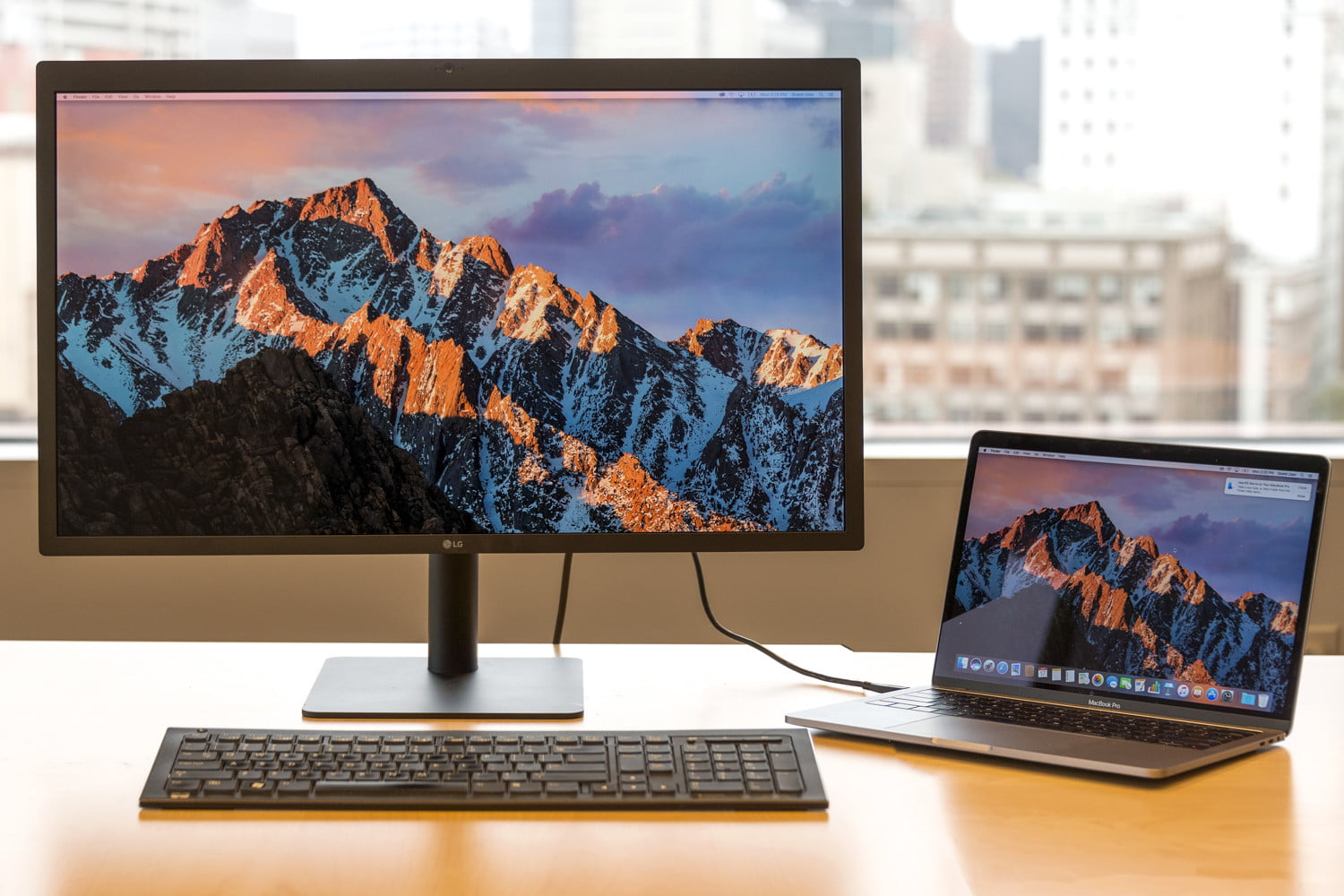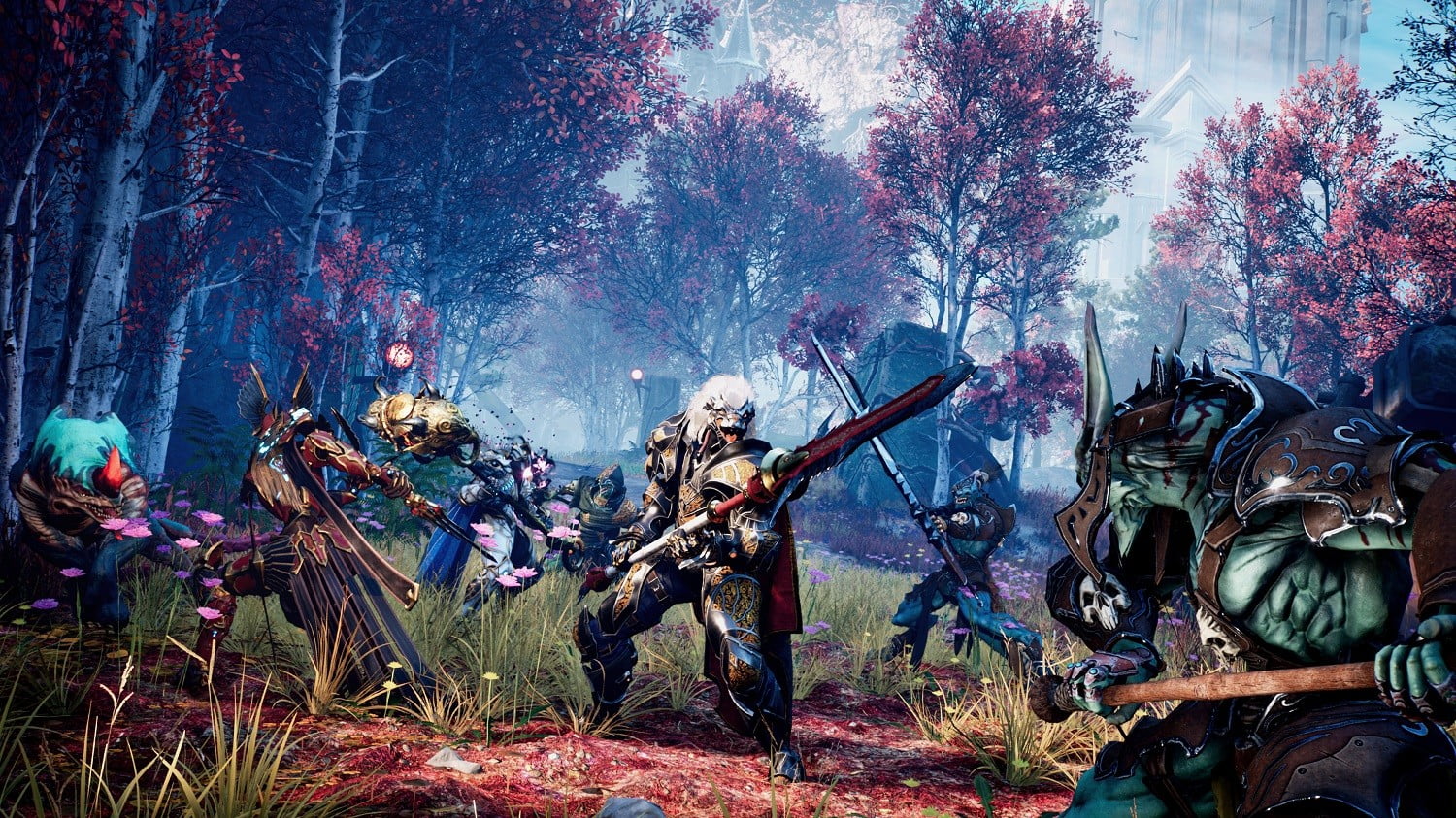AMD kicked off 2022 with the debut of its new Ryzen 6000 mobile CPUs, and its upcoming Ryzen 5000 3D VCache refresh is incredibly exciting. But the true next-generation AMD processors use its Zen 4 design. With a new architecture, new process node, higher clock speeds than ever before, and a massively expanded feature and supported hardware list, AMD’s Ryzen 7000 processors based on Zen 4 could be the most important CPUs AMD has released since the first generation Ryzen chips in 2017.
Here’s everything we know about Ryzen 7000 so far.
Pricing and availability
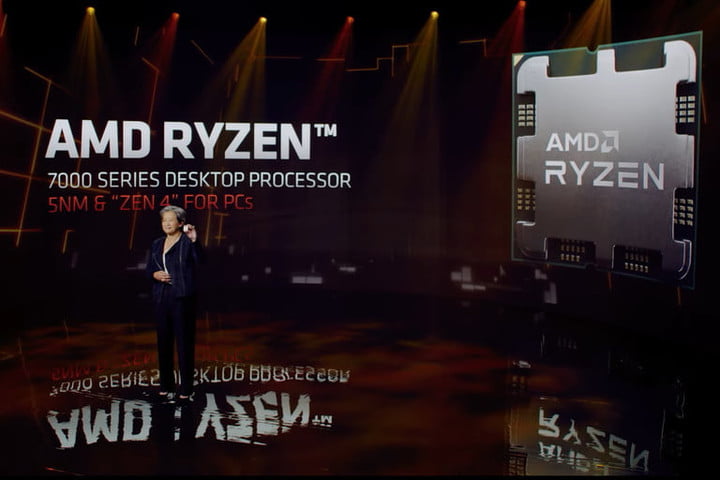
AMD made clear at its CES 2022 keynote that Zen 4-powered Ryzen 7000 CPUs would launch in the second half of 2022, though it wasn’t more specific about when. Pricing is likely to be similar to its existing range of Ryzen 5000 processors, which retained their launch price tags for most of their lifecycle, only dropping a little after the launch of Intel’s hotly competitive Alder Lake processors.
For reference, here are the prices of Ryzen 5000 chips as of early 2022:
That said, with the ongoing silicon shortage leading to higher prices of many components — and demand remaining high despite that problem — it’s possible AMD will use that opportunity to raise prices for its next-generation CPUs when they become available.
Architecture
The Ryzen 7000 chips are based on the Zen 4 architecture. This is a continuation of the Zen microarchitecture that AMD has been using since Ryzen 1000, but it continues the evolution of the chiplet design pioneered on Zen 2 and is built on TSMC’s new 5nm process node.
The 5nm node — known as N5 at TSMC — is said to offer a 15% boost in speed and 1.8X transistor density over N7, helping the node consume 30% less power. That’s not to say Zen 4 will match those improvements, though. In reality, AMD can likely achieve a larger boost in speed through chip design.
The big deal is the 1.8X boost to transistor density. That not only helps lead to improved performance and efficiency but may be a factor in AMD’s new socket design that will launch alongside the Ryzen 7000 CPUs.
It’s not yet clear whether the new chips will benefit from AMD’s previously announced 3D VCache technology that will be used to refresh the Ryzen 5000 series in spring 2022. Considering its potential to massively improve performance over more traditional 2D cache designs, not doing so would leave performance on the table, but perhaps AMD will hold that back for a similar refresh when Zen 4 has been available for some time.
Performance
This far out from launch, it’s too soon to say how Ryzen 7000 chips will perform. The only raw numbers report we have comes from the Chips and Cheese blog, which claims Zen 4 chips could see an overall boost of 40% compared to the previous generation and a 25% boost in single-core performance.
That rumor alleged a 5GHz all-core boost clock, which AMD went on to confirm at its CES 2022 keynote speech. It also showed a demo of Halo: Infinite running at 1080p on a pre-production Ryzen 7000 processor with all cores running at 5GHz. With no details on the GPU being used, that doesn’t tell us much about the raw CPU performance, but if AMD already has a sample that can manage 5GHz across all cores, it’s possible we’ll see higher frequencies still by the time the chips release.
AMD hasn’t stated that it will raise core counts with its Zen 4 CPUs, so it seems likely that it will instead focus on improving per-core performance. Boosting clock speeds to over 5GHz at boost would be a big improvement in its own right, especially when combined with the inherent performance boons that come from a new process node. With Intel’s Alder Lake CPUs being particularly power-hungry, too, there’s a lot of room for AMD to offer similarly demanding CPUs with Zen 4 if it chooses to opt for raw power over efficiency.
Ryzen 7000 CPUs could also see a performance boon from DDR5 memory support. The new-generation memory will be able to offer massively increased bandwidth over Ryzen 5000’s DDR4, especially without the need to uncouple the Infinite Fabric when running at extreme speeds. That could give the previously-memory-hungry Ryzen processor design a much-needed uplift and help deliver higher-level performance than ever before.
Indeed, the benefits of DDR5 were hinted at by AMD’s Joseph Tao during a Meet the Experts webinar hosted alongside Samsung. During the session, Tao explained that AMD hoped Ryzen 7000 — its first DDR5 gaming platform — would “make a big splash with overclocking,” adding that “speeds that you maybe thought couldn’t be possible may be possible with this overclocking spec.” That’s encouraging to hear, but we’ll have to wait until Ryzen 7000 chips launch to be sure of the overclocking potential.
Although we’ve pointed to Intel’s Alder Lake as the competitor, Intel is set to launch its Raptor Lake chips in 2022 as well. This generation will also bring a full node transition for Intel, and it will feature the same hybrid architecture as Alder Lake. That will demand a hefty performance leap from AMD chips, as it’s already fallen a little behind Alder Lake.
New chipset and a new socket
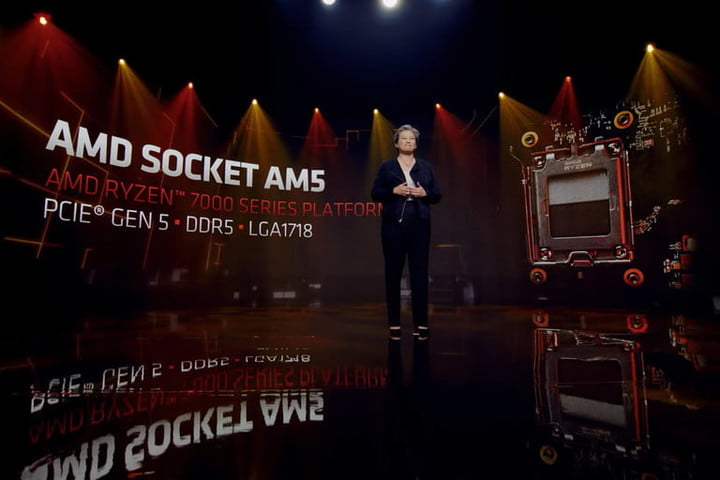
With the next generation of CPUs, AMD is retiring the AM4 socket that it has used since the launch of first-generation Ryzen chips. That shouldn’t come as a surprise, as the socket will be some 5 years old by the time next-gen Ryzen chips show up.
This new socket will use an LGA1718, Land Grid Array design, with the CPU pins on the motherboard instead of on the CPU. Intel has used LGA sockets for several generations, while AMD has stuck with the older Pin Grid Array (PGA) socket design for everything up to Ryzen 5000.
As the name suggests, LGA1718 is said to feature 1,718 pins on the motherboard. LGA designs can support a higher pin density, and that’s clear to see comparing AM5 to AM4. The PGA AM4 socket comes with just 1,331 pins. Those additional pins will help open up support for DDR5 memory, as well as PCIExpress 5.0, and improved overall performance.
Although AMD looks to be moving to a new socket design, Ryzen 7000 chips will reportedly use the same socket size — 40mm x 40mm. AMD has confirmed that coolers that are compatible with the AM4 socket will also work with the AM5 socket.
With a new socket, AMD is expected to release a new 600-series chipset, likely X670 if past generations are anything to go by.
Integrated graphics and APUs
Like previous generations, AMD will likely launch a range of APUs with Zen 4 chips that feature integrated graphics. However, some rumors suggest that AMD will pack integrated graphics into its chips across the board. A series of leaked documents from Gigabyte showed that AMD plans on adding “hybrid GFX support” on its upcoming processors.
These documents confirm earlier rumors of AMD including integrated graphics on its processors. Together, they all but confirm that Ryzen 7000 chips will come with integrated graphics.
Moreover, rumors point to AMD using its RDNA 2 GPU architecture for the integrated graphics. This is the same architecture AMD is currently using on its Radeon RX 6000 graphics cards, as well as the Xbox Series X and PlayStation 5, and would offer excellent entry-level gaming performance if the new Ryzen 6000 mobile CPUs with onboard RDNA 2 graphics are anything to go by.
With confirmed USB 4 support on Zen 4, it’s also possible we’ll see the option of external graphics for the first time on an AMD system.
